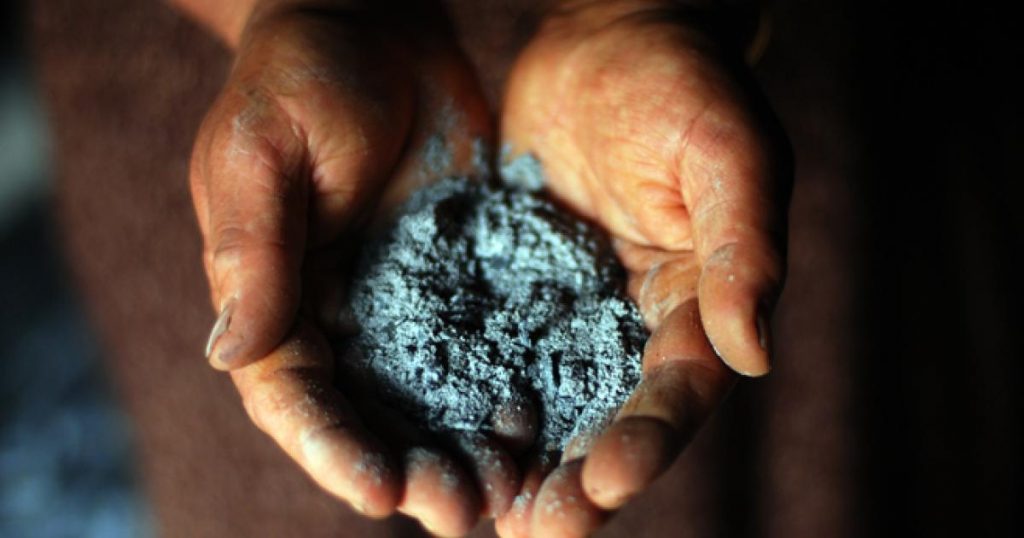
She could cut 10 girls at any given time. In her village, were four other cutters serving an equal number of girls or more.
For 20 years, Betty Kosgei was in the Female Genital Mutilation (FGM) practice. She got two hundred girls bleeding from the swipe of a knife and then being married off.
The 55-year-old, now a reformed cutter from Kamansietoi village, in Emurua Dikirr, Narok County says she earned Sh500 for each girl she cut and hosted for a month.
“I treated them and by the end of the month, they were healed,” explains Ms Kosgei.
The girls’ parents would then surrender them to waiting suitors, who had already paid the dowry in the cattle herd.
“For the parents, the girl was ready for marriage and all they wanted is cattle,” reckons Ms Kosgei who says she cut girls aged 12 to 17 years.
The initiation often took place during the December holidays. For each season, she spent just one day doing the work. Thus in one season in her Kamansietoi village, at least 50 girls could undergo FGM, the majority of whom were married off immediately, putting a stop to their education.
Class Seven
She is a living testimony of this rite of passage that has left four million women and girls in Kenya with long-term scars and 23 per cent of the girls married before they turn 18.
At 17 years, Ms Kosgei was cut and married a month later. She was in Class Seven then.
It is only after anti-FGM campaigners knocked on her door in 2016, that she stopped harming the girls.
“I was in the darkness then. Now I have seen the light,” she says expounding that she assumed FGM was good for the girls since it was a common practice done communally.
Today, Ms Kosgei, who has eaten the fruits of an educated girl, is strongly speaking against the harmful practice.
“It is my youngest daughter who gave me the capital to start my retail maize business. Where could I get the money had I married her off before she finished her studies?” poses the reformed cutter who has five daughters, all of whom underwent FGM but were not married early.
Early death
Had she known the ripple effect of FGM, Ms Kosgei could have saved the 200 girls from not the abrupt end to their studies and risk of early death.
Where FGM is linked with marriageability, girls are denied the opportunity to study, yet education plays a critical role in ending the cycle of poverty, United Nations Children’s Fund affirms in its A Decade of Action to Achieve Gender Equality report.
Further, child wives have poor health-seeking behaviour, thus at risk of death from pregnancy and birth-related complications.
“Traditional beliefs and values including early marriages influence poor health-seeking behaviours among these (ASALs) communities,” said Mandera County, County Executive Committee Member for Health Services, Dr Adan Mohamed during a last November virtual meeting on End Term Evaluation on the UN H6 Joint Program on Reproductive, Maternal, New-born, Child and Adolescent Health (RMNCAH) 2015-2020.
“Girls are married off at 12 years when they are anatomically immature and that has a domino effect,” stated Dr Adan during the meeting organised by UN H6.
Teenage pregnancy
He further explained: “By the time that child becomes pregnant, it becomes an issue of teenage pregnancy. Then she has a complication like obstructed labour, the decision to give consent for caesarean section becomes another problem.”
Reformed cutters, survivors, youth, village and religious elders are among the change agents the government and its partners are utilising to fight FGM.
In 2019, President Uhuru Kenyatta pledged to end it by 2022, and four months to the deadline, the country is still rescuing girls from the cut.
Chief Administrative Secretaries (CASs) for Ministries of Gender, Education and Youth, Innovation and ICT, recently held a two-day intergenerational dialogue in Kilgoris, Narok County under the Kenya Ni Mimi initiative, where FGM was the core of the discussion.
Young and old men and women from Nakuru, Laikipia, Kisii, Nyamira, Narok, Kericho, Bomet and Kajiado counties, attended the dialogue funded by United Nations Population Fund (UNFPA), which sought to establish workable solutions to ending FGM.
At the dialogue, CAS for Youth, Innovation and ICT Nadia Abdalla said: “We must involve young people in addressing the harmful cultural practices that prevent them from participating in the sustainable development of our nation.”
Education transition
UNFPA representative for Kenya Dr Ademola Olajide, noted that young men and women are the “arms, legs and hands” of change and with them on the wheel, the country can move faster in ridding the communities of FGM, child marriages and teenage pregnancies.
In Narok County where Kenya National Bureau of Statistics estimates a 78 per cent FGM prevalence, a 100 per cent education transition has been elusive, said Education CAS Mumina Bonaya.

